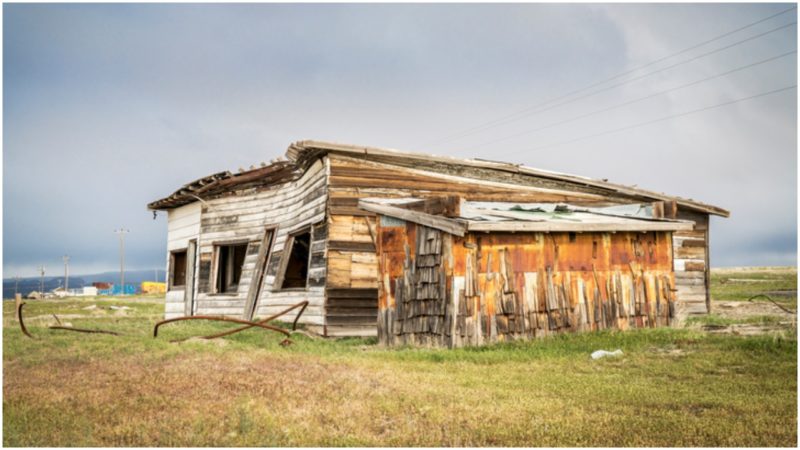The ghost town of Cisco is placed literally in the middle of nowhere. In the past it was a bustling community, but today it is one of the many ghost towns of the American West. The town of Cisco had a few ups and downs throughout the decades. It succeeded several times in surviving the modernization and socioeconomic changes of the 20th century, but it couldn’t escape it’s destiny and the inevitable decline started to happen in the 1970s.
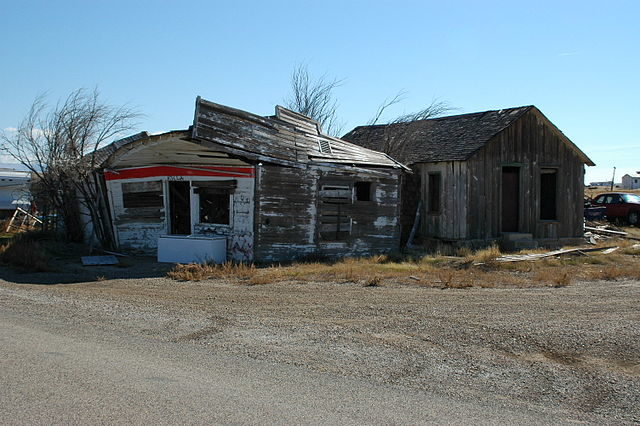
Cisco has been almost completely abandoned for more than 30 years. Today the decaying houses, shops and other structures, as well few old automobiles and other rusting wreckage, are left deserted under the hot sun in the lonely and vast desert. These relics which belonged to the former inhabitants are a silent remainder of the once charming little town.
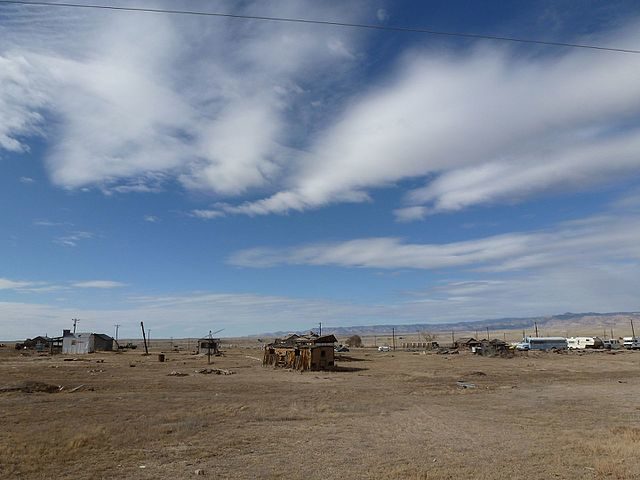
Cisco was founded in the 1880s. At first it was only a watering and service stop for the Denver and Rio Grande Western Railroad (now Union Pacific), with just the railroad station and the few adjoining buildings: a saloon, a water tank for the locomotives, some section buildings and a depot. In those days, steam engines had to stop to refill with water in order to continue the journey. For that purpose many small towns like Cisco were erected along the rail lines.
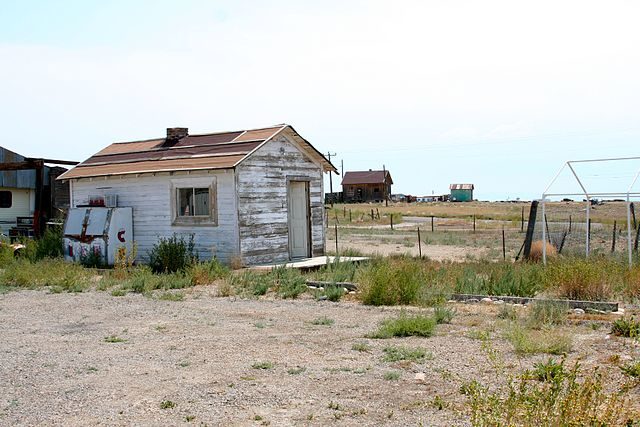
Soon cattle and sheep ranchers from the Utah desert, especially from the nearby Book Cliffs, began to use the railroad station and the town became very important for their businesses. The station was a shipping center where livestock products, primarily wool, were transported to markets across the United States of America.
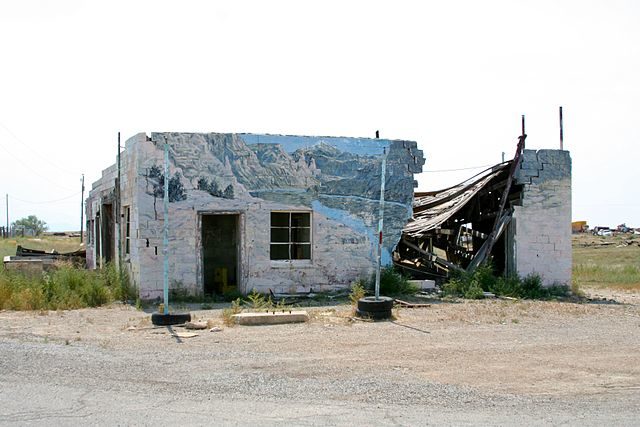
One of the town’s booms happened in 1924, when natural gas and oil were found nearby. Although the supply lasted for short period of time, it gave an additional boost to the growth of the town and Cisco became, for a while, one of the largest producers of oil in the state of Utah. In the 1940s and 1950s, ordinary Americans discovered that cars can give precious adventures, and started to buy them and to use them more often on long distance road trips. This new way of life for the Americans brought more development to Cisco. Restaurants, bars, and gas stations were opened in order to provide 24/7 service to the road travelers. Cisco flourished with more than 200 inhabitants during its heyday.
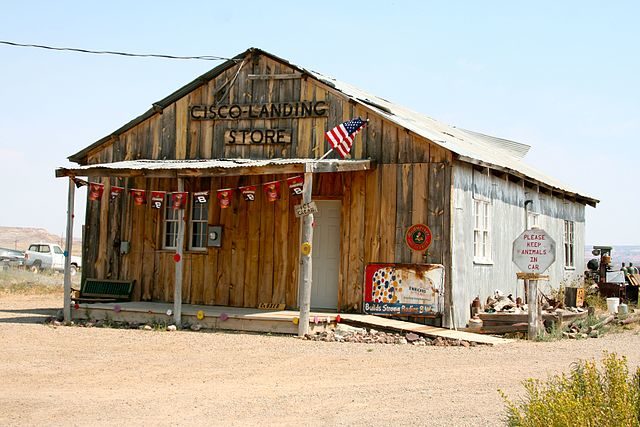
In the 1950s, when trains were modernized and steam engines were replaced by diesel motors, towns like Cisco lost their importance as a link to railroad transport because the trains no longer needed to stop there. However, the town of Cisco continued to thrive because of the road travelers, as well as the thousands of miners who came through the area in search of valuable metals, including uranium and vanadium.
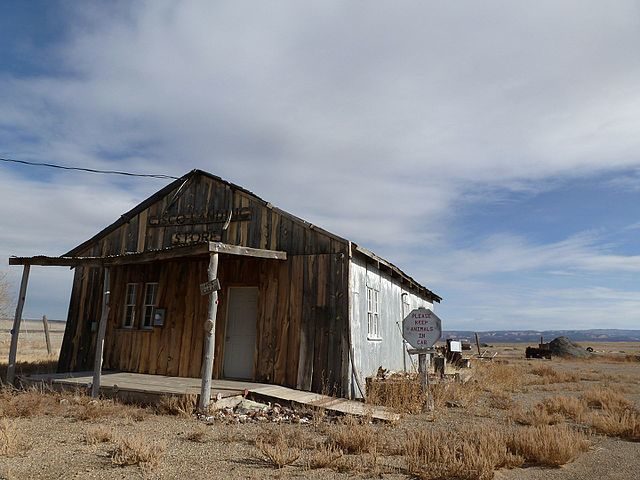
The biggest hit for the already weak economy happened in the 1970s during the construction of the I-70. The main highway was built several miles away from Cisco and soon the number of the people who stopped there for a meal, a drink, or gas declined rapidly. Throughout the 1980s and 1990s, businesses closed down and great number of its citizens moved out. The post office was closed in the 1990s and Cisco officially became a ghost town.
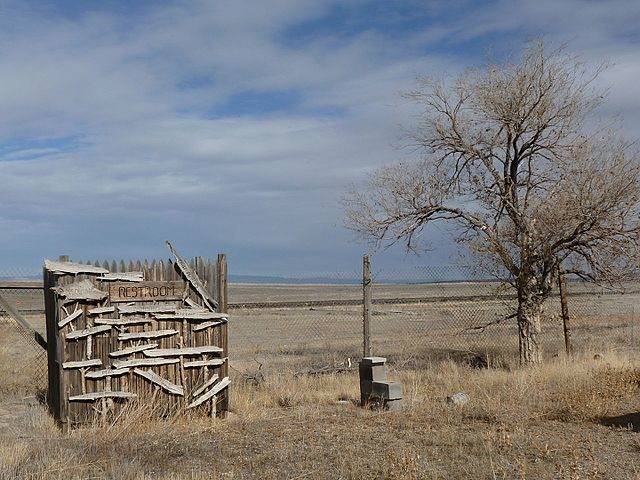
There are approximately one hundred buildings in various states. Most of them are in a bad and ruined condition but some of the houses are just as they were left when their owners moved out, with all of the furniture and items in them. The roofs of many buildings have collapsed and only a few of the houses are periodically inhabited. The town was vandalized over the years, so no trespassing signs are scattered around. There are also new oil and gas wells from 2005 to where access is strictly forbidden. The periphery of the town is popular camp stop for travelers–garbage from the 21st century tells that the ghost town still has some kind of connection with modern civilization.
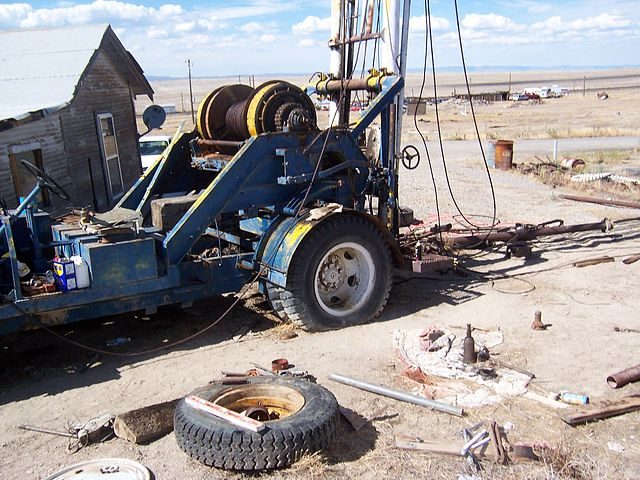
Cisco is probably one of the most famous U.S. ghost towns. The town was immortalized by Johnny Cash, who wrote a song about the town and it’s gas station, named Cisco Clifton’s Fillin Station. Also many movies were filmed there, like Vanishing Point (1971), Thelma and Louise (1991) and Don’t Come Knocking (2005).
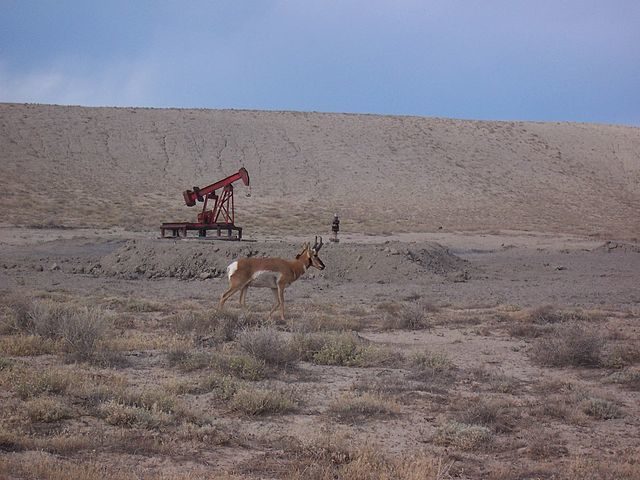
A deadly silence now governs the former thriving community. But Cisco hasn’t lost it soul yet, although the remains of the town are slowly turning into dust which will be blown by the desert wind in the near future.
